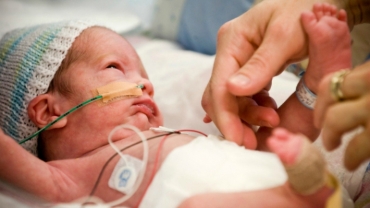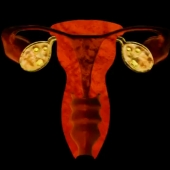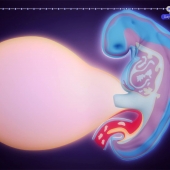What's happening when you're 36 weeks pregnant? Talk about a growth spurt! Your baby has gone from the size of a sesame seed to a 6-pound 20-incher in about six months time! That incredible rate of growth slows now for two important reasons. First, your little one is storing up the energy reserves he’ll need to get through labor and enter the world. Plus, if his body got much bigger, he’d have a really tough time fitting through the narrow alley of your birth canal, a tight squeeze no matter what.
Speaking of that journey, it’s a good thing for both of you that his bones are still flexible, enabling a gentler ride to the big meet and greet. Leading the way is his nifty noggin, featuring ingenious floating skull plates that overlap to allow the head to compress on the way out. When your little one emerges, you’ll notice a soft rectangular area on the top of his cute little head. This soft spot, or anterior fontanel, is where your baby’s skull’s bones haven’t yet fused. They’ll close by the time he turns 18 months.
Final touches are making your baby ready for prime time. Blood circulation has been fine-tuned and the immune system is set to do battle with germs outside the womb. After birth, your little fighter will continue to reap the benefits of your antibodies thanks to your colostrum and breast milk. And speaking of that breast milk, baby’s digestive system is ready to accept liquid food, theoretically, since your little one still gets all his nutrition – and oxygen – he needs from the placenta.
Did You Know?
During pregnancy the pelvic floor has a tough job: it supports the bladder, uterus, and intestines. The added weight of the uterus can really stretch out the floor and lead to either the intestines or bladder dropping out. It is also one of the main reasons so many elderly women suffer from incontinence.
- 164 views













